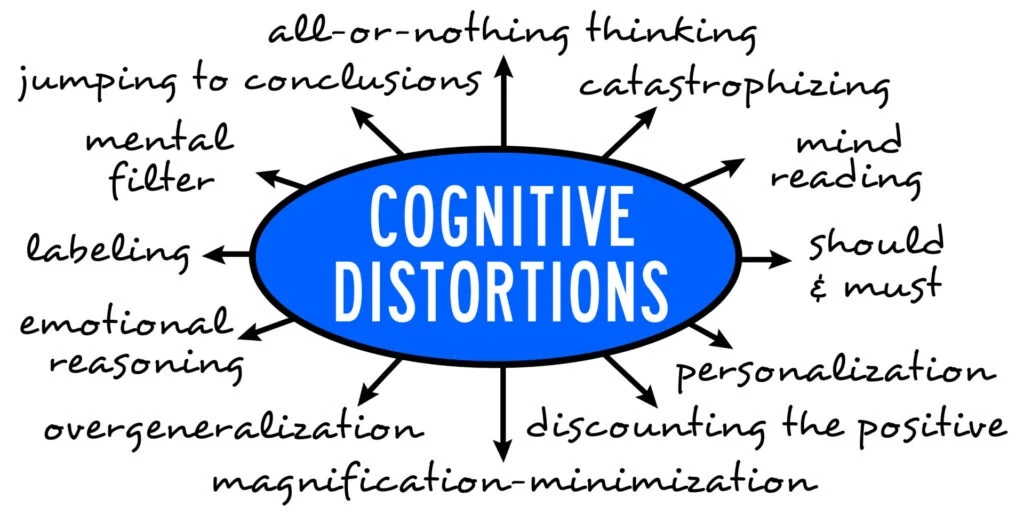
In today’s digital age, the role of computers in education has dramatically transformed the landscape of learning. As teachers, understanding the cognitive behavior of students in this context is essential for effective teaching. With advancements in technology influencing how we perceive brain functioning, educators must adapt their practices to meet the evolving needs of their students. This article explores the cognitive impact of computer intervention on students and provides comprehensive suggestions for teachers to enhance their teaching and learning strategies.
Understanding the Cognitive Behavior of Students: The integration of computers into education has brought about significant changes in students’ cognitive processes. With easy access to vast amounts of information, students are constantly engaged in multitasking, rapid information processing, and problem-solving. This has led to alterations in attention spans, memory retention, and critical thinking skills.
Attention Span: The influx of digital stimuli has shortened students’ attention spans, making it challenging for them to focus for extended periods. Constant notifications, pop-ups, and multimedia content demand their attention, leading to decreased concentration levels in traditional classroom settings.
Memory Retention: The reliance on digital devices for storing and accessing information has altered students’ memory retention processes. Rather than memorizing facts, students tend to rely on external sources for information retrieval, affecting their ability to retain and recall knowledge.
Critical Thinking: While computers offer quick access to information, they can hinder students’ critical thinking skills. The ease of finding answers online often discourages deep analysis and problem-solving, leading to surface-level understanding and dependency on external sources.
Suggestions for Teachers: To effectively navigate the cognitive challenges posed by computer intervention, teachers can adopt proactive strategies to enhance student learning and engagement.
Foster Digital Literacy: Promote digital literacy skills by teaching students how to critically evaluate online information, discern credible sources, and utilize technology responsibly. Integrate digital literacy activities into lesson plans to empower students to navigate the digital landscape effectively.
Encourage Active Learning: Incorporate interactive and collaborative activities that encourage active participation and critical thinking. Encourage students to engage in discussions, debates, and problem-solving tasks that promote deep understanding and analytical thinking beyond mere information retrieval.
Implement Mindfulness Practices: Introduce mindfulness techniques such as deep breathing exercises, meditation, and focused attention activities to improve students’ ability to concentrate and manage distractions. Incorporate regular mindfulness breaks into classroom routines to promote mental clarity and emotional well-being.
Emphasize Metacognitive Strategies: Teach students metacognitive strategies such as self-regulation, reflection, and goal setting to enhance their cognitive awareness and self-directed learning skills. Encourage students to monitor their learning progress, identify areas for improvement, and adapt their study habits accordingly.
Balance Digital and Analog Learning: Strike a balance between digital and analog learning experiences to cater to diverse learning preferences and cognitive styles. Incorporate hands-on activities, experiential learning, and real-world applications alongside digital resources to provide a well-rounded educational experience.
As the educational landscape continues to evolve with technological advancements, teachers play a crucial role in understanding and addressing the cognitive challenges faced by students. By fostering digital literacy, promoting active learning, implementing mindfulness practices, emphasizing metacognitive strategies, and balancing digital and analog learning experiences, teachers can create an enriching educational environment that supports students’ cognitive development in the digital age. By embracing these strategies, educators can effectively navigate the cognitive shift and empower students to thrive in an increasingly complex and interconnected world.








Excellent articles ,I suggest all the teachers to read the articles thoroughly. All teachers must try to adapt the methods/remedies suggested in the article publish on 01 March titled Cognitive Shift: Understanding Students in the Age of Computers. Keep it up good work Mr. Asif Iqbal SST computer science
Thank you very much Safdar your acknowledgment is a reward for me.